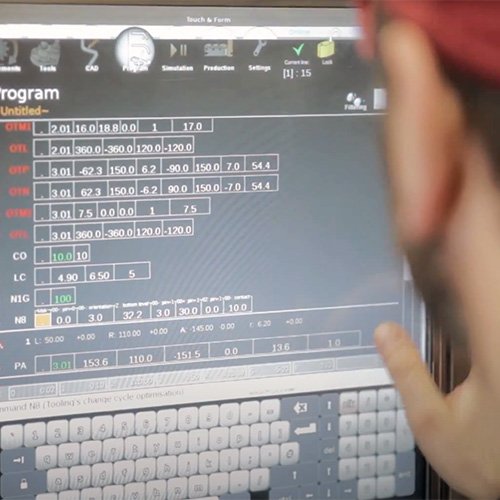Wire forming is a critical process that plays a vital role in several industries such as automotive, aerospace, and medical. In recent years, there have been several innovations in wire forming that have led to the development of new materials and technologies. These advancements have allowed manufacturers to produce more complex and intricate wire forms that were not possible before. In this article, we will discuss some of the latest innovations in wire forming and their impact on the industry.
Wire Forming Innovations: Advancements in Materials
Materials are a crucial aspect of wire forming, and recent advancements in materials have significantly impacted the industry. One such material is Nitinol, a nickel-titanium alloy that has unique properties. Nitinol is known for its shape memory and superelasticity, making it ideal for use in several applications such as medical devices, aerospace, and automotive. With Nitinol, manufacturers can produce wire forms that can return to their original shape when exposed to heat, making them ideal for medical devices such as stents and catheters.
Another material that has gained popularity in recent years is ultra-high-strength steel. This material has a high strength-to-weight ratio, making it ideal for use in automotive applications such as suspension systems and chassis components. Ultra-high-strength steel has excellent fatigue resistance, which ensures that wire forms made from this material will last longer than traditional steel wire forms.
Advancements in Technologies
Advancements in technologies have also impacted the wire forming industry significantly. One such technology is the use of computer-aided design (CAD) software in wire forming. With CAD software, manufacturers can design and test wire forms before production, reducing the time and cost involved in the process. Additionally, CAD software allows for the production of complex and intricate wire forms that were not possible before.
Another technology that has revolutionized wire forming is the use of robotics. Robotics has allowed manufacturers to automate several aspects of the wire forming process, leading to increased productivity, reduced labor costs, and improved quality control. With robotics, wire forms can be produced with a high level of precision and accuracy, ensuring that they meet the required specifications.
Impact on the Industry
The advancements in materials and technologies have had a significant impact on the wire forming industry. With the use of new materials, manufacturers can produce wire forms that are stronger, lighter, and more durable than traditional wire forms. These materials have also allowed manufacturers to produce wire forms that can withstand extreme temperatures and pressures, making them ideal for use in several applications such as aerospace, automotive, and medical.
The use of new technologies such as CAD software and robotics has also had a significant impact on the industry. With CAD software, manufacturers can produce wire forms that are more complex and intricate than before, leading to the development of new applications for wire forms. Robotics has also led to increased productivity, reduced labor costs, and improved quality control, ensuring that wire forms are produced with a high level of precision and accuracy.
Salco Engineering & Manufacturing
Salco Engineering & Manufacturing Co. is a leading provider of wire forming solutions, and we are constantly exploring new materials and technologies to improve our processes. We have invested in CAD software and robotics, allowing us to produce wire forms with a high level of precision and accuracy. Additionally, we have a team of experienced engineers and technicians who are well-versed in the latest advancements in the industry.
At Salco, we work closely with our customers to understand their needs and develop wire forming solutions that meet their requirements. Our goal is to provide high-quality wire forms that are cost-effective and efficient, allowing our customers to achieve their business objectives.



